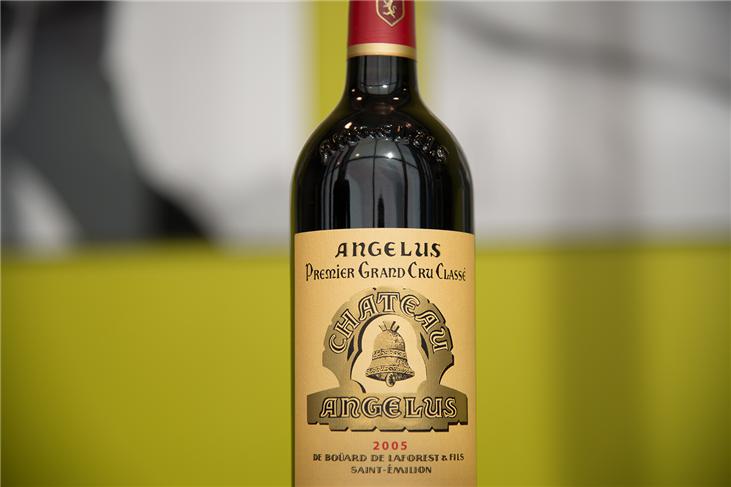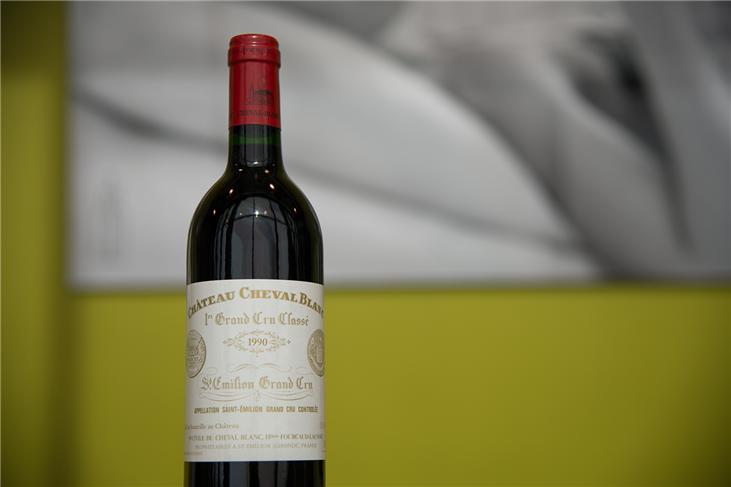Saint-Emilion is a wine town in Bordeaux, France. It’s located on the right bank - or north side - of the Dordogne river. The limestone area around this town is excellent for the Merlot grape to grow. Since 1955 there’s an official classification of Saint-Emilion wines, and the Grand Cru wines are on top of every wine lover’s list.
The town Saint-Emilion
In 1999 the medieval town achieved the UNESCO world heritage status. The town’s history stretches back to Roman times and its cobbled streets, churches - some date back to the 12th century - and cosy restaurants draw people from all over the world.
The Saint-Emilion area
The right bank of the Dordogne river is slightly hilly with plateaus and hillsides. The Gulf Stream and the protection of the Landes forest are responsible for the Bordeaux region’s oceanic climate and pleasant temperature. Although Saint-Emilion is located further inland, the Dordogne river tempers the continental climate.
The soil of the Saint-Emilion vineyards exists of gravel, sand, clay and limestone that alternate each other. Closest to the town of Saint-Emilion is a steep hillside area with fertile limestone grounds, which is perfect for the Merlot grape and produces the highest rated Saint-Emilion wines like Château Angelus.
The better the quality of the limestone soil, the better the Merlot grape grows. The Merlot grape gives the Saint-Emilion wines its rich and soft character. Young Merlot wines release aromas of flowers and red and black fruits, whereas aged Merlot wines develop more fig or plum notes.
A second flat area stretches out over 2.000 flat hectares along the Dordogne river with in the soil mostly alluvial sand brought by the river. A third area is a sandy plateau west of the town with mostly aeolian sand blown in by the wind. And last but not least, is a 60 hectare area far west bordering Pomerol. The soil is made of gravel and accommodates two of the highest rated châteaus: Château Cheval Blanc and Château Figeac.
The Saint-Emilion classification
In 1855 Bordeaux introduced a classification for wines under Napoleon III, who requested a classification system for Bordeaux’s best wines, which were presented at the ‘Exposition Universelle de Paris’. However, the 1855 Bordeaux Classification refers only to wines produced on the left bank of the Dordogne, or the Medoc and Graves regions.
A century later the wines of Saint-Emilion - on the right bank - were also classified. Unlike the fixed 1855 Classification, the Saint-Emilion list is updated every 10 years. Yet this is not without a hassle as every vineyard strives the highest ranking.
The highest classification is the Premier Grand Crus classés A, followed by the Premier Grand Crus classés B, Grand Crus Classés and the Former Crus Classés. There are Saint-Emilion wines that carry the name ‘Grand Cru’ on their label, however this label is not part of the formal 1955 Classification - so don’t be misled. The quality of these wines does not have the same quality as the wines with an official classification.
Three of our favourite Premier Grand Crus classés A are Château Angelus, Château Ausone and Château Cheval Blanc. These wines are a perfect investment for your wine cellar because of their exquisite quality.
Château Angelus:
The vineyard of Château Angelus grows on the south-facing slope of Saint-Emilion. They grow Merlot on the hill where there is more clay and Cabernet Franc at the foot of the hill, which is more sandy. 3% of the vineyard are planted with Cabernet Sauvignon. The château was one of the firsts to embrace fermenting and trying new techniques that were popular in Burgundy but not in Bordeaux. Their persistence and research improved the way they harvest their grapes and produce their wines. Château Angelus Premier Grand Crus classés A is aged in new oak barrels for 18-24 months. It’s a rich wine with layered fruit notes and spicy flavours in the finish.
Discover our Château Angelus Premier Grand Crus Classés A wines in our online shop.
Château Ausone:
Located west of Saint-Emilion. The vineyard of Chateau Ausone lies on steep terraces facing south, which is an ideal situation for wine making. The Chateau Ausone Grand Cru Classés A consists of Cabernet Franc and Merlot. The Cabernet Sauvignon grapes are only used in their second wine La Chapelle de Ausone. With only around 1.500 cases in a great year Château Ausone is a true must-have. It’s a full-bodied wine yet not heavy. The clay with limestone soil gives the wine its mineral character, and combined with aromas of black, blue and red fruits this wine is one of a kind.
Discover our Château Ausone Premier Grand Cru Classés A wines in our online shop.
Château Cheval Blanc:
Being located on the Pomerol border northwest of the town Saint-Emilion, Château Cheval Blanc combines the best of both regions. The vineyard can be divided in three parts based on the soil: gravel over multiple types of clay (40%), deep graved soils (40%) and sandy clay (20%). They don’t wait for the different grapes Cabernet Franc, Merlot and Cabernet Sauvignon to be completely ripe: some grapes are picked ‘al dente’. It’s the blending of grapes at a different level of ripeness that gives Château Cheval Blanc wines their fresh and complex taste. Château Cheval Blanc Premier Grand Crus classés A is aged in new oak barrels for close to 18 months.
Discover our Château Cheval Blanc Premier Grand Cru Classés A wines in our online shop.
Other great wines from the Saint-Emilion region we absolutely love are Clos Fourtet, Château Canon, Château Figeac, Château Magdelaine, Château Pavie, Château L'Arrosee, Château Trotte Vieille.





